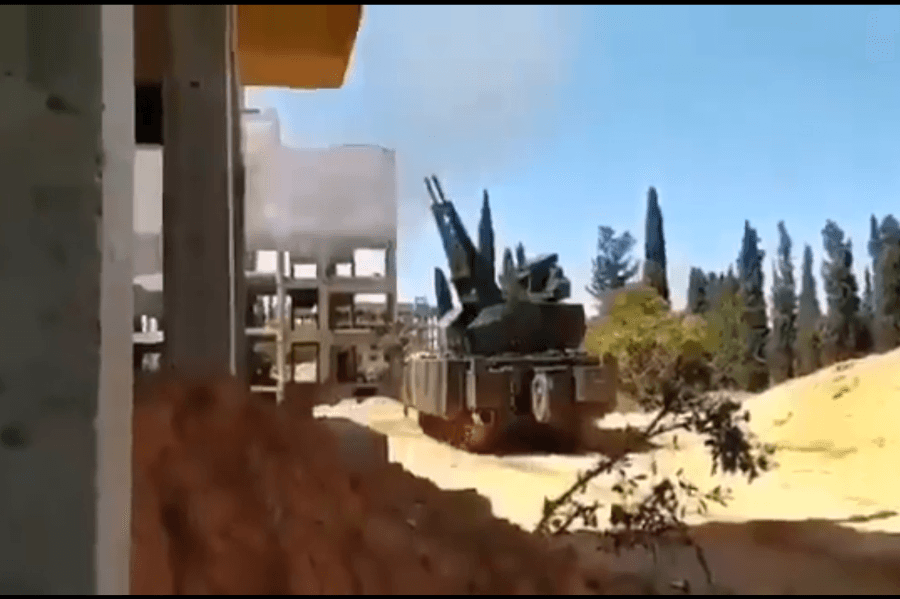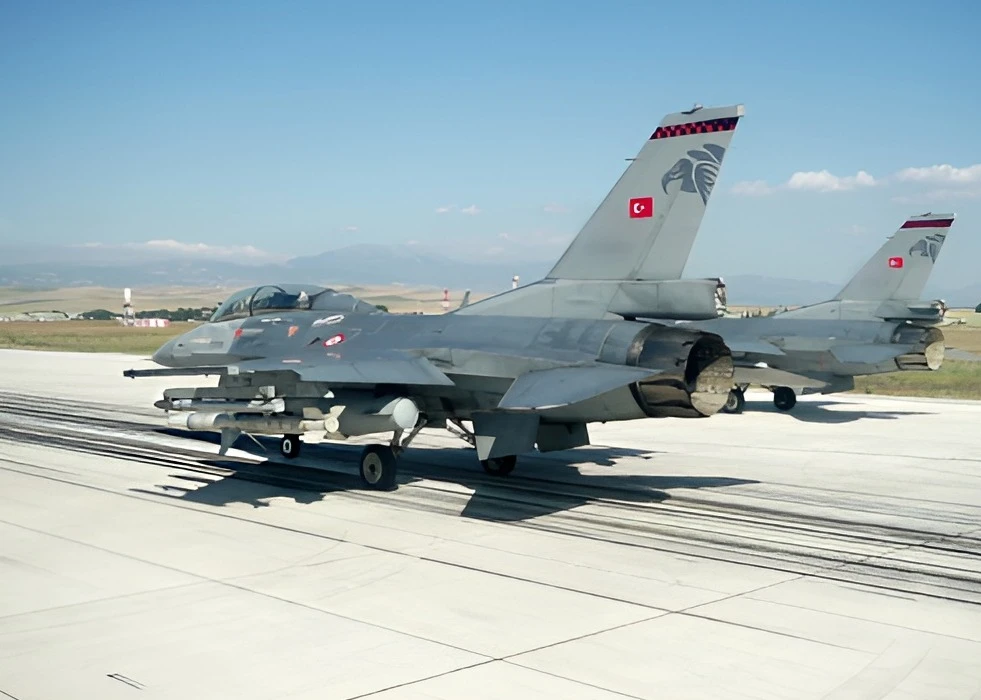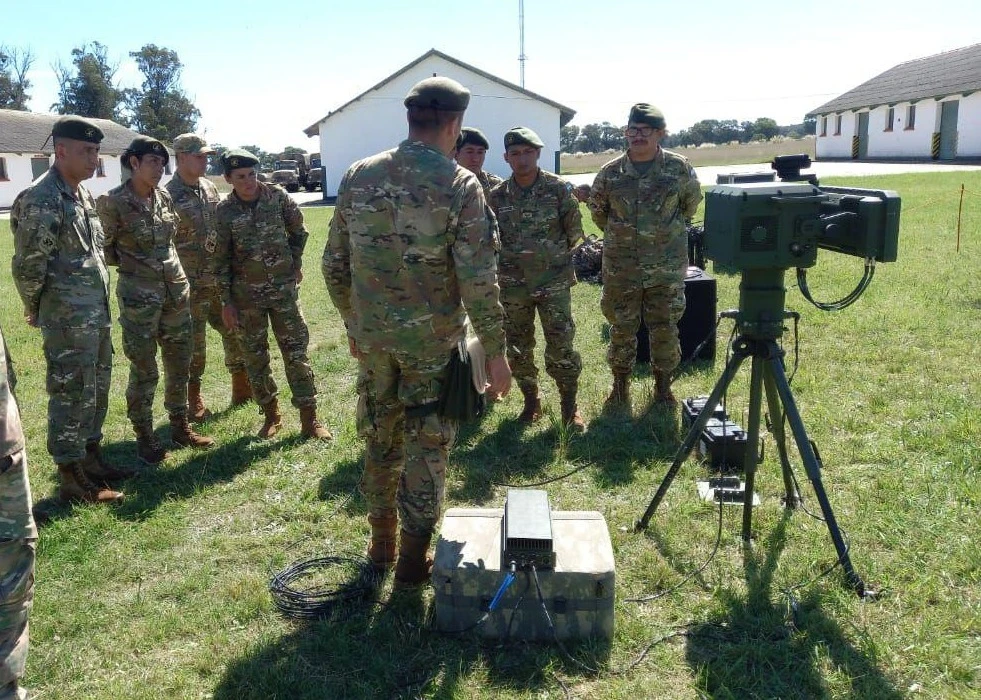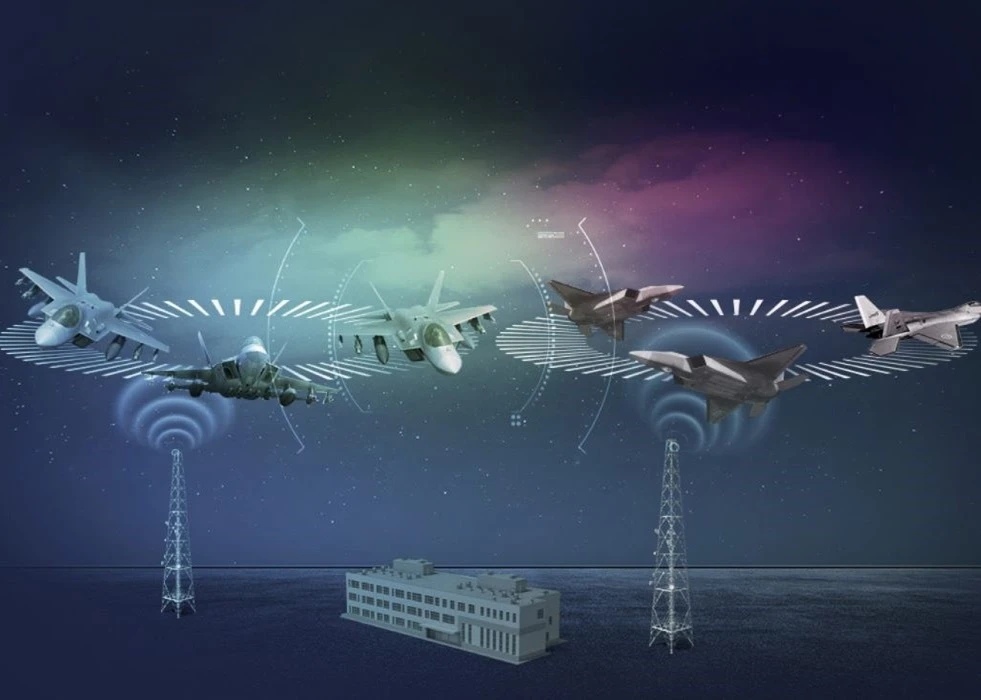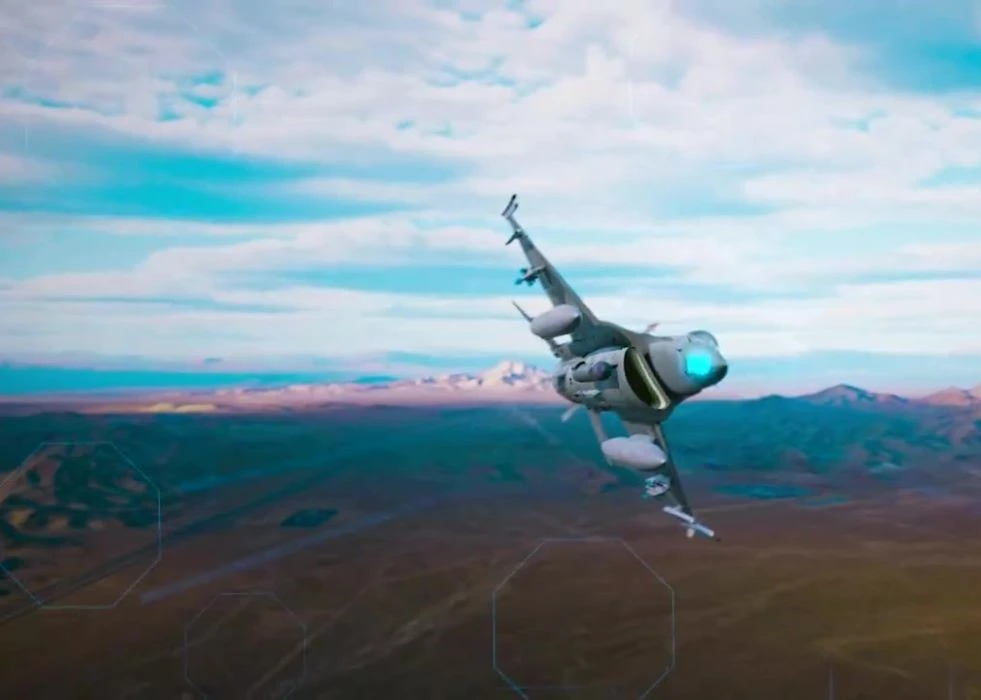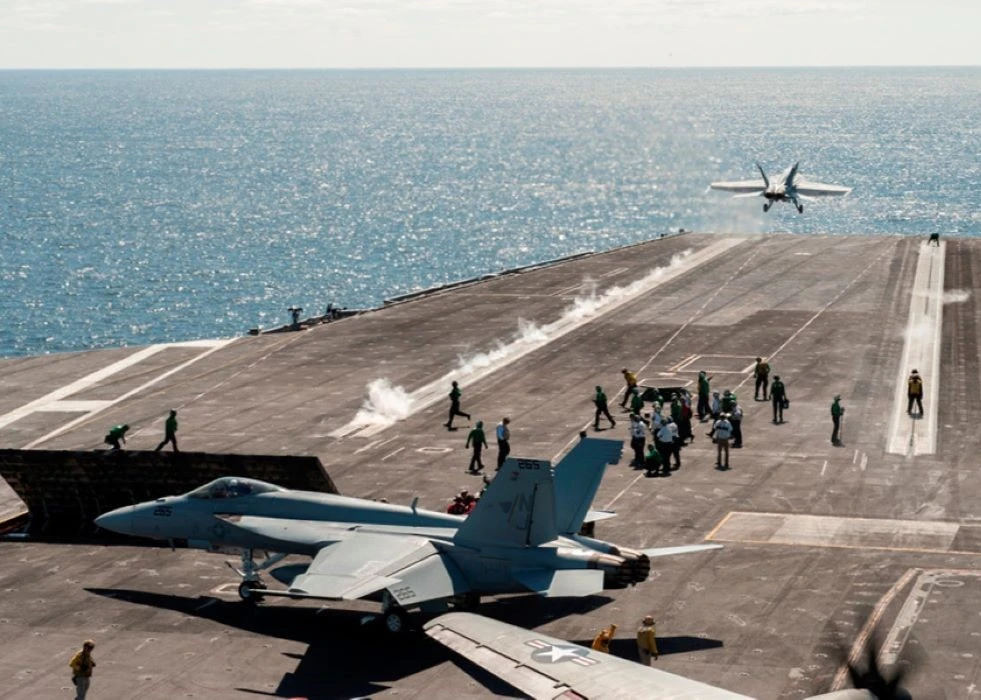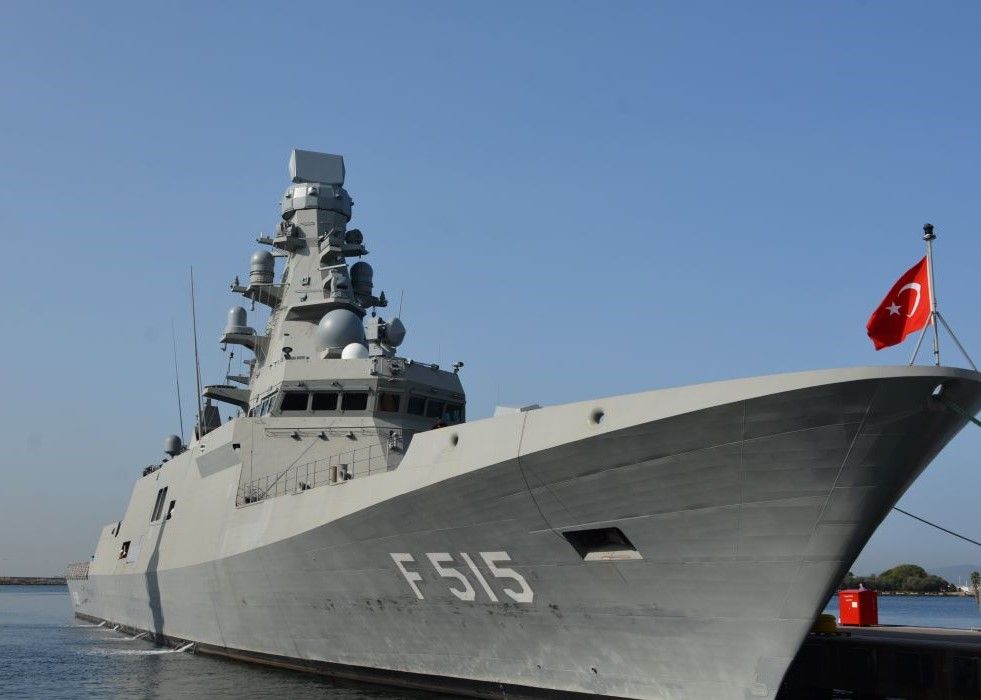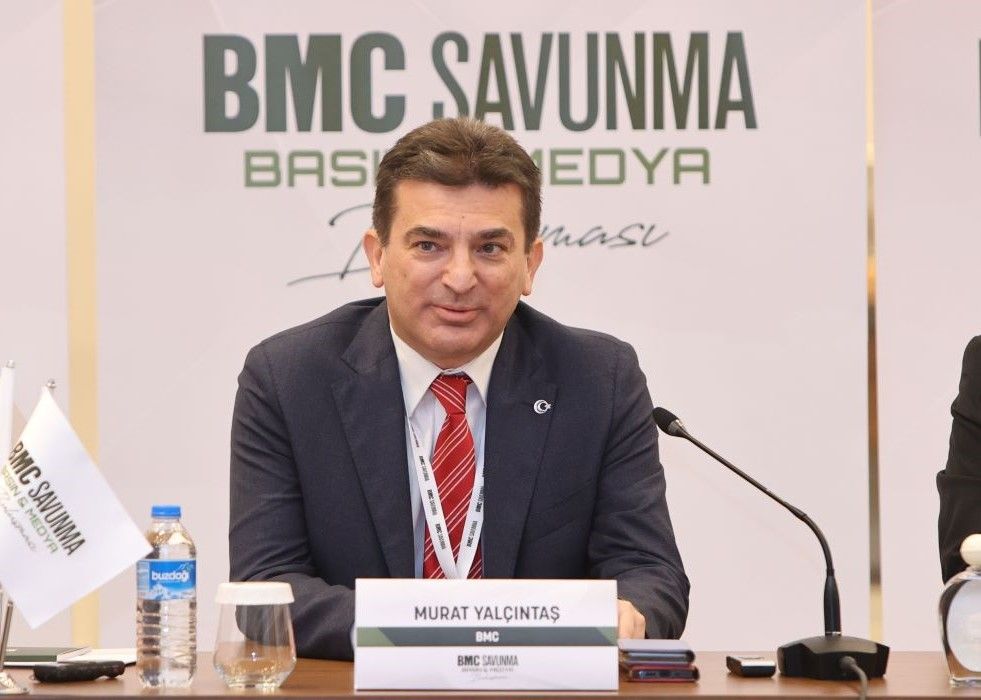The report states that the introduction by Turkey of advanced military technology into the conflict was a decisive element in the often unseen, and certainly uneven, war of attrition that resulted in the defeat of HAF in western Libya during 2020.
According to the report the situation in Libya was;
At the end of 2019, there was a tactical stalemate on the ground, with HAF controlling access routes into Tripoli. Their fixed-wing fighter ground attack aircraft, rotary-wing attack helicopters (Mi24/35) and unmanned combat aerial vehicle (Wing Loong II) provided local air superiority over the majority of the country. The Government of National Accord controlled the urban environments of Tripoli and Misratah. GNA-AF had the capability only for local unmanned combat aerial vehicle strikes by their Turkey-supplied Bayraktar TB-2 unmanned combat aerial vehicles, which were vulnerable to ground attack when located at their operating bases at the Tripoli and Misratah airports. When launched, they were easily destroyed in the air by the Pantsir S-1 air defence system initially supplied to HAF by the United Arab Emirates in 2019 and provided in mid-2020 to Russian private military operatives by the Russian Federation. The HAF tactics of trying to draw GNA-AF units out of position into rural areas, thereby making them vulnerable to more decisive attacks, in general failed. By that stage, military success by HAF appeared to be dependent on a local war of attrition.
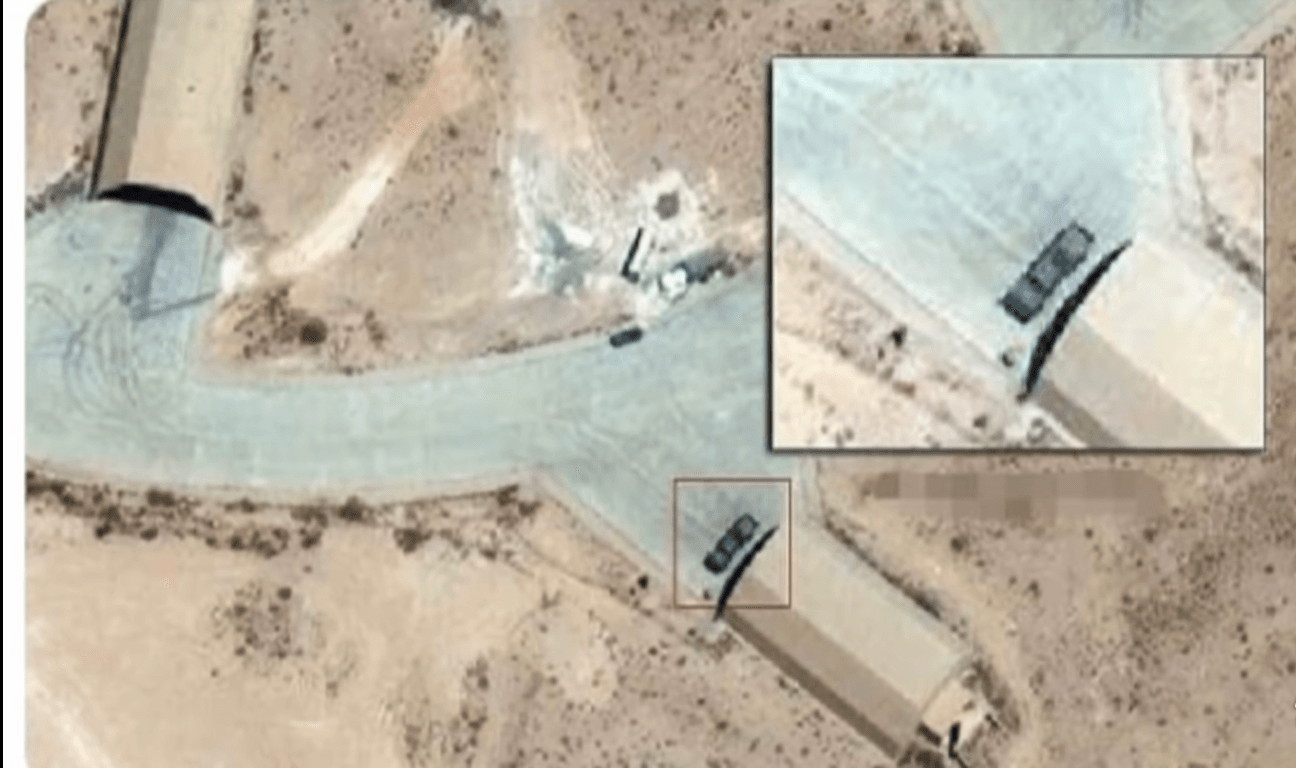
The signing of a security and military cooperation agreement between the Government of National Accord and Turkey on 27 November 2019 was a strong indicator that Turkey was to increase its military role in Libya. Shortly thereafter, Turkey deployed Gabya-class frigates to provide a medium-range air defence “umbrella” along the western Libyan coastal littoral, with MIM-23 Hawk surface-to-air missile systems providing area defence for the airports in Tripoli and Misratah. Those systems were supported by the use of Korkut short range air defence systems and man-portable air defence systems to protect important locations.
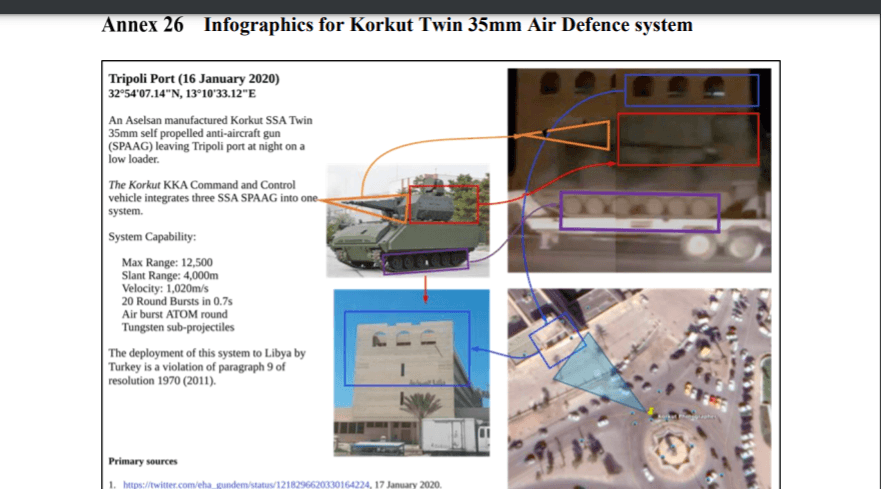
The local air superiority of HAF was thus effectively negated early in 2020, allowing for an unchallenged build-up of military materiel through western Libyan ports and airports by Turkey in support of GNA-AF. Turkish military advisers deployed, which gave GNA-AF access to the advice of professional military staff, trained in North Atlantic Treaty Organization tactics and with extensive recent military operational experience. Operational planning was professionalized, with phased objectives determined and assets allocated to meet them. This led to more flexibility in the operational deployment of GNA-AF, allowing them to respond to events quicker than HAF, where every military decision had to be cleared at the highest level. On 27 March 2020, the Prime Minister, Faiez Serraj, announced the commencement of Operation PEACE STORM, which moved GNA-AF to the offensive along the coastal littoral. The combination of the Gabya-class frigates and Korkut short-range air defence systems provided a capability to place a mobile air defence bubble around GNA-AF ground units, which took HAF air assets out of the military equation. The enhanced operational intelligence capability included Turkish operated signal intelligence and the intelligence, surveillance and reconnaissance provided by Bayraktar TB-2 and probably TAI (TUSAS) Anka S unmanned combat aerial vehicles. This allowed for the development of an asymmetrical war of attrition designed to degrade HAF ground unit capability. The GNA-AF breakout of Tripoli was supported with Firtina T155 155mm self-propelled guns and T-122 Sakarya multi-launch rocket systems firing extended range precision munitions against the mid-twentieth century main battle tanks and heavy artillery used by HAF. Logistics convoys and retreating HAF were subsequently hunted down and remotely engaged by the unmanned combat aerial vehicles or the lethal autonomous weapons systems such as the STM Kargu-2 and other loitering munitions. The lethal autonomous weapons systems were programmed to attack targets without requiring data connectivity between the operator and the munition: in effect, a true “fire, forget and find” capability. The unmanned combat aerial vehicles and the small drone intelligence, surveillance and reconnaissance capability of HAF were neutralized by electronic jamming from the Koral electronic warfare system.
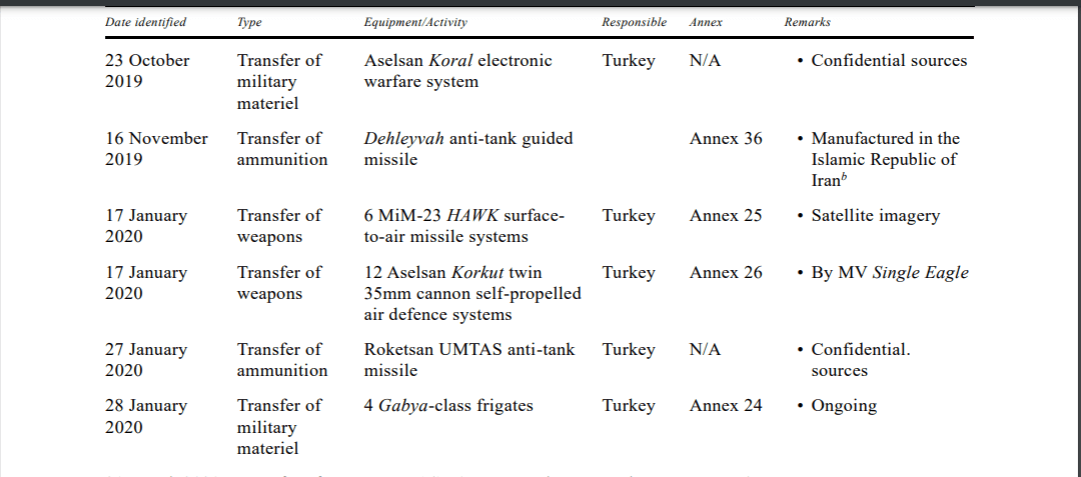
The concentrated firepower and situational awareness that those new battlefield technologies provided was a significant force multiplier for the ground units of GNA-AF, which slowly degraded the HAF operational capability. The latter’s units were neither trained nor motivated to defend against the effective use of this new technology and usually retreated in disarray. Once in retreat, they were subject to continual harassment from the unmanned combat aerial vehicles and lethal autonomous weapons systems, which were proving to be a highly effective combination in defeating the United Arab Emirates-delivered Pantsir S-1 surface-to air missile systems. These suffered significant casualties, even when used in a passive electro-optical role to avoid GNA-AF jamming. With the Pantsir S-1 threat negated, HAF units had no real protection from remote air attacks. The introduction by Turkey of advanced military technology into the conflict was a decisive element in the often unseen, and certainly uneven, war of attrition that resulted in the defeat of HAF in western Libya during 2020. Remote air technology, combined with an effective fusion intelligence and intelligence, surveillance and reconnaissance capability, turned the tide for GNA-AF in what had previously been a low-intensity, low-technology conflict in which casualty avoidance and force protection were a priority for both parties to the conflict.

